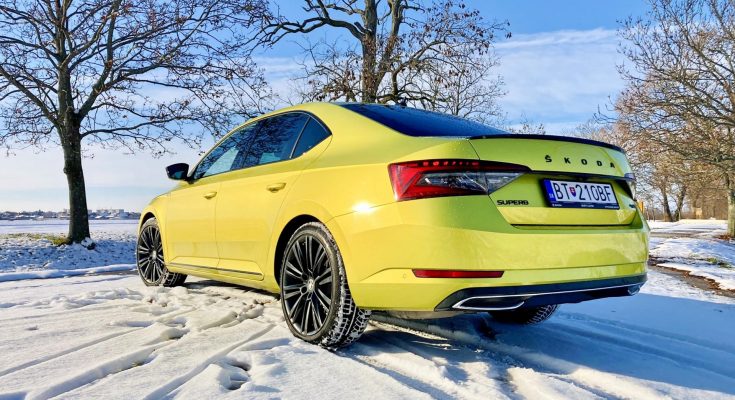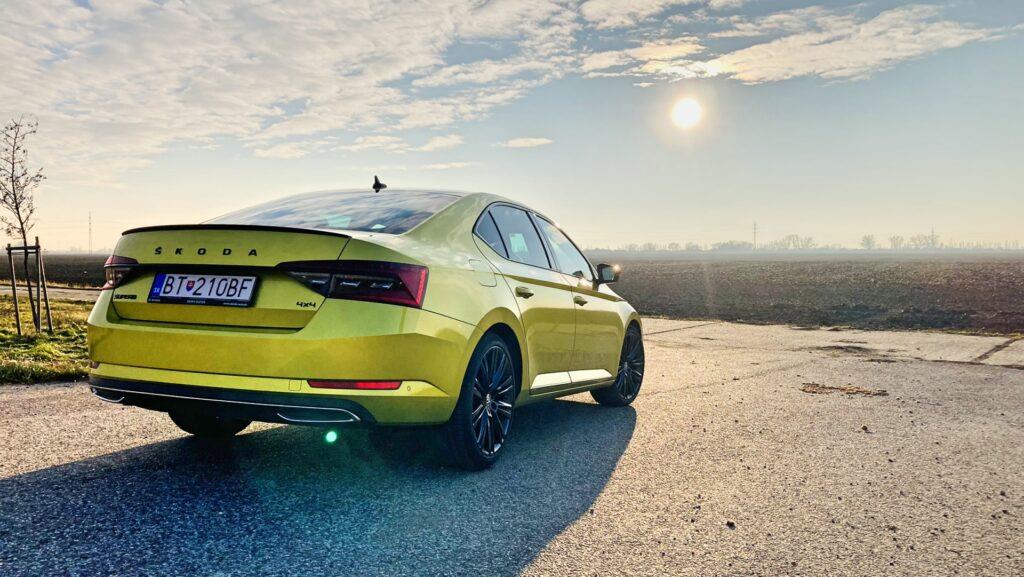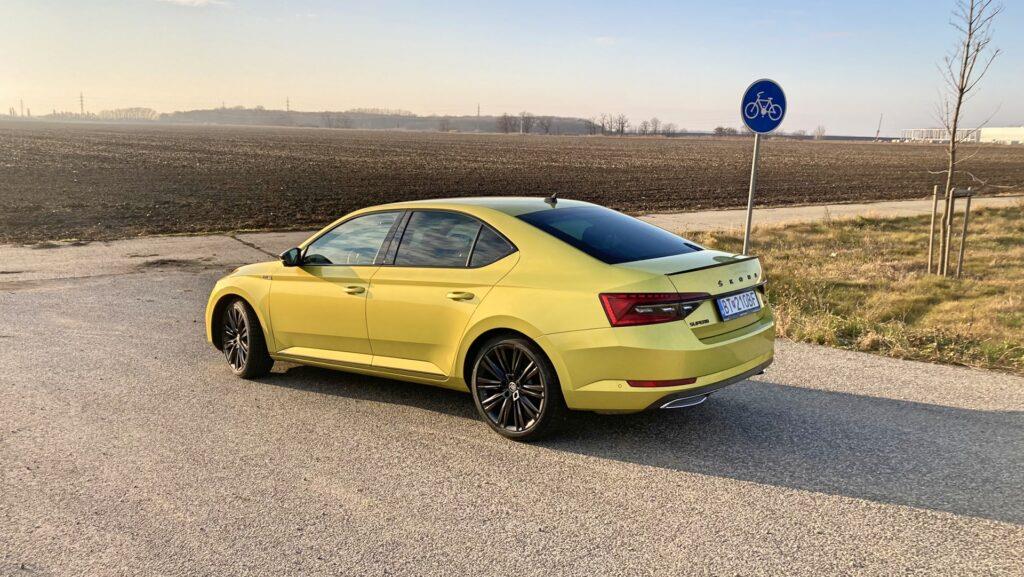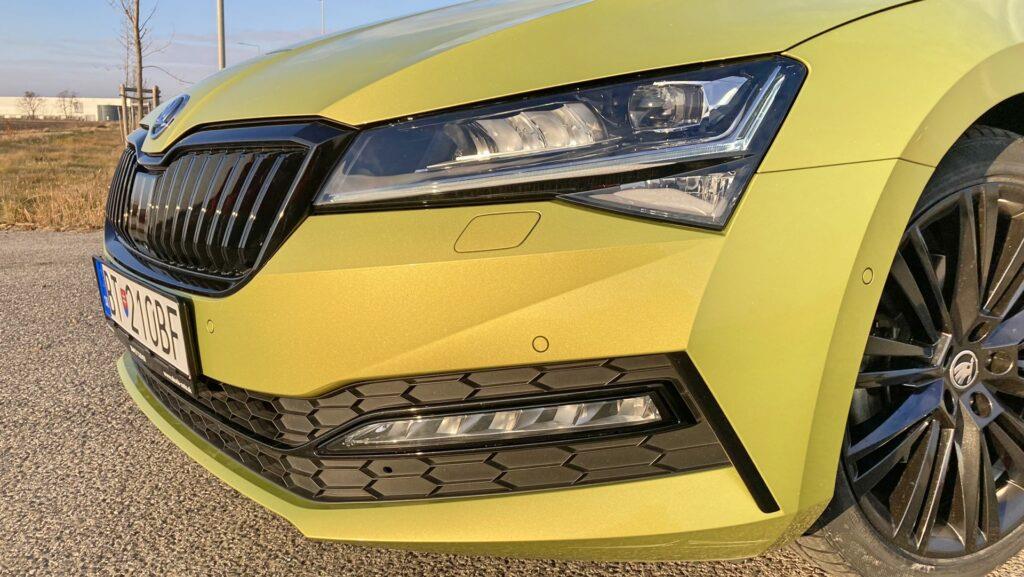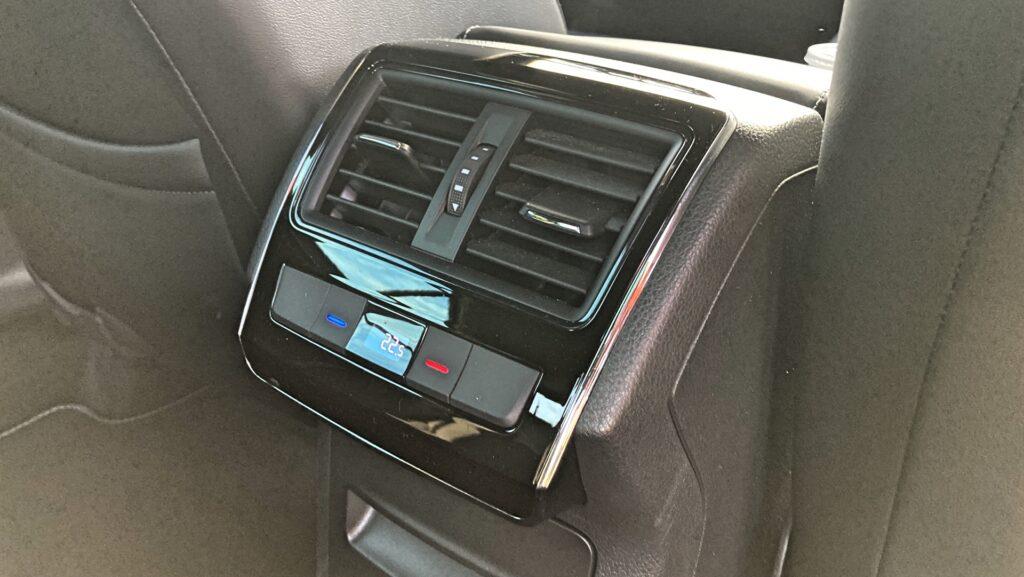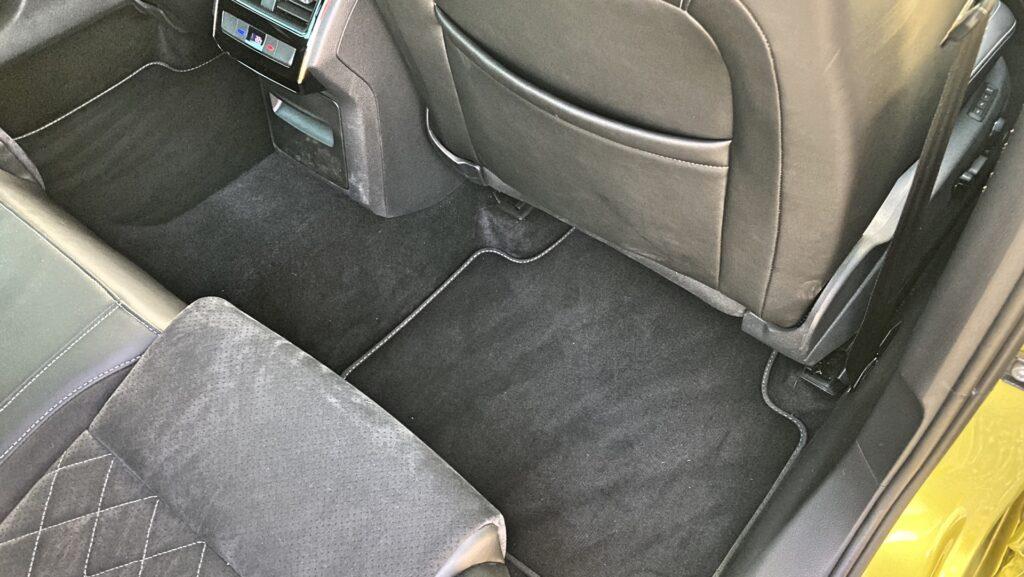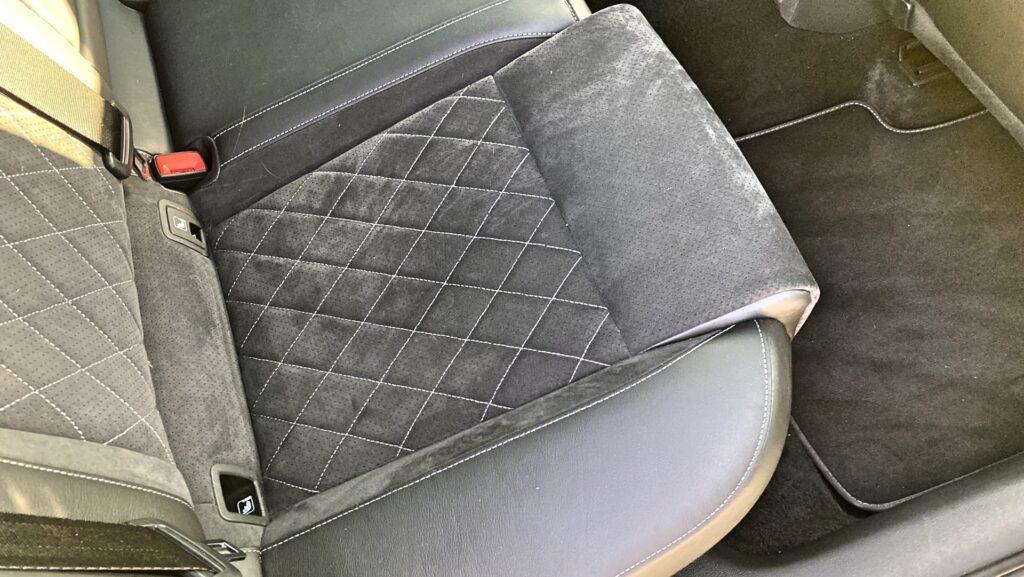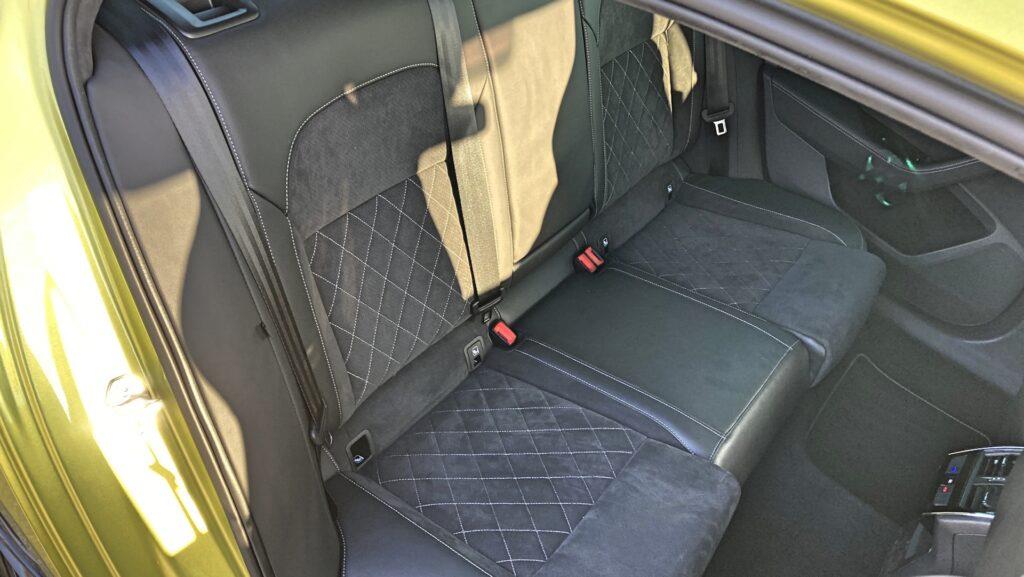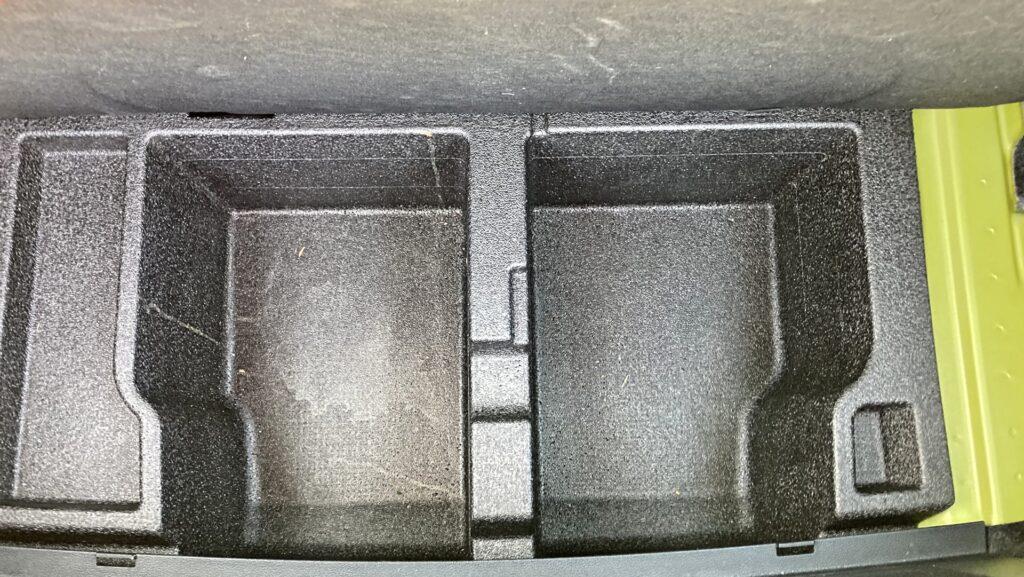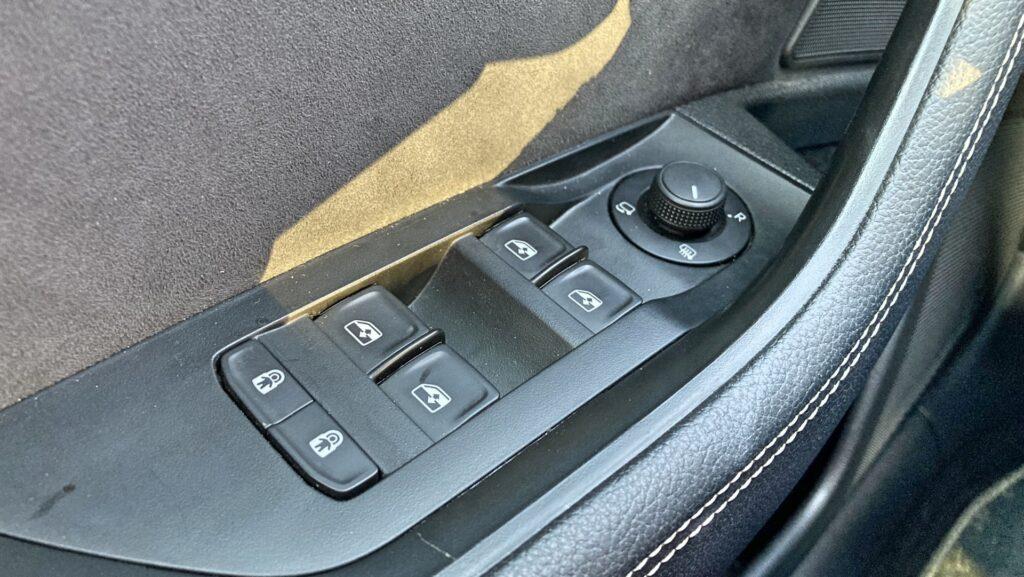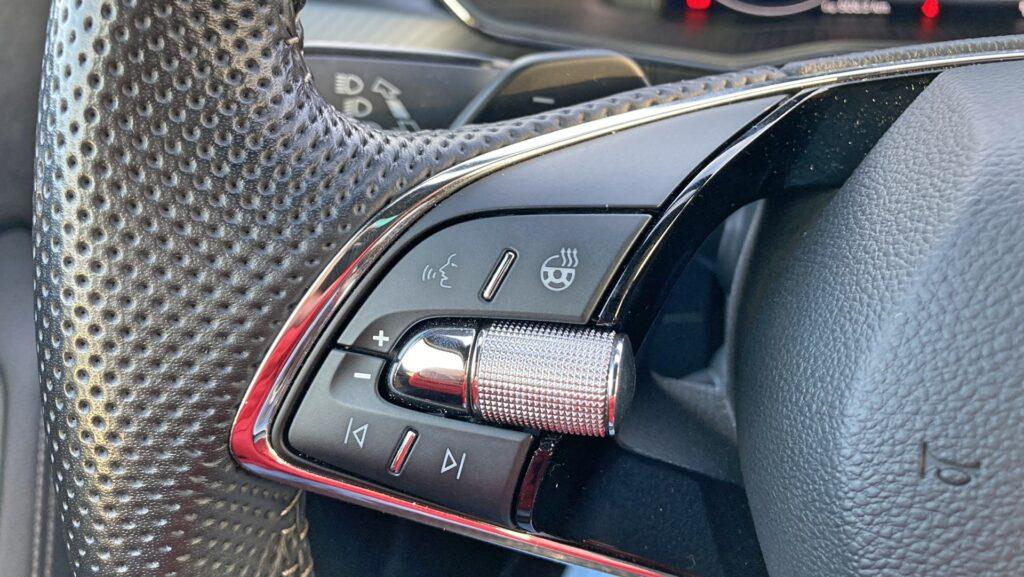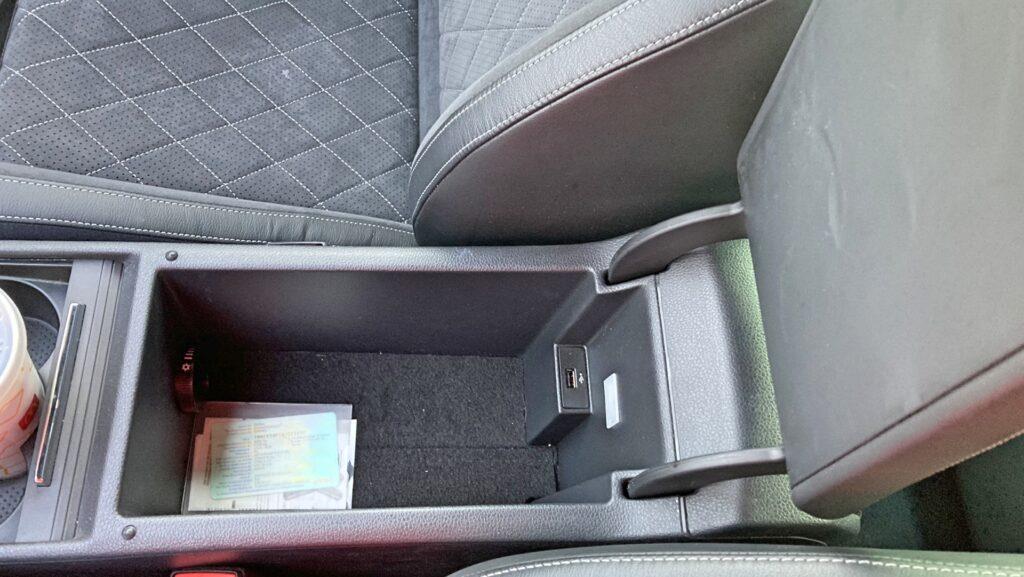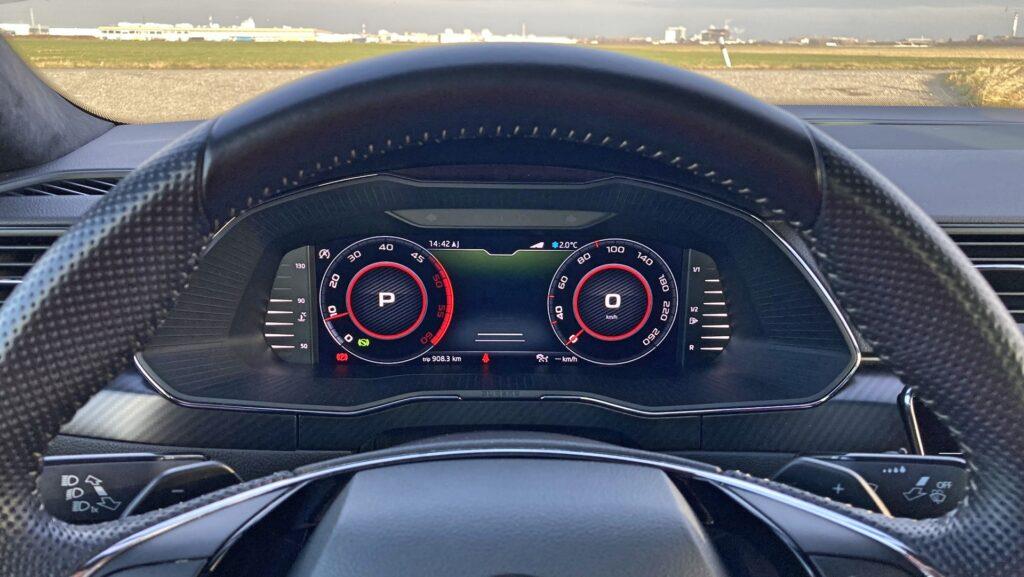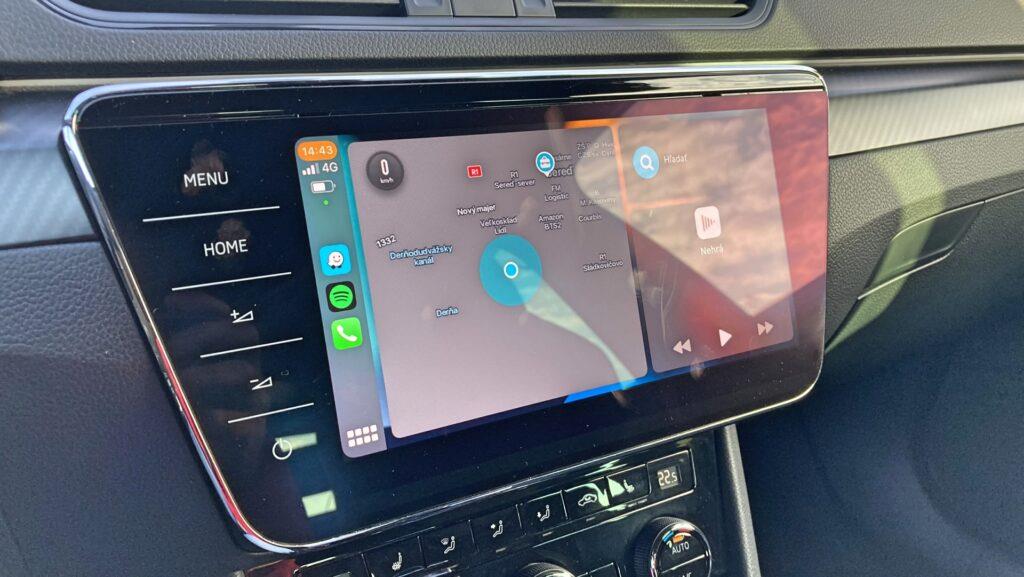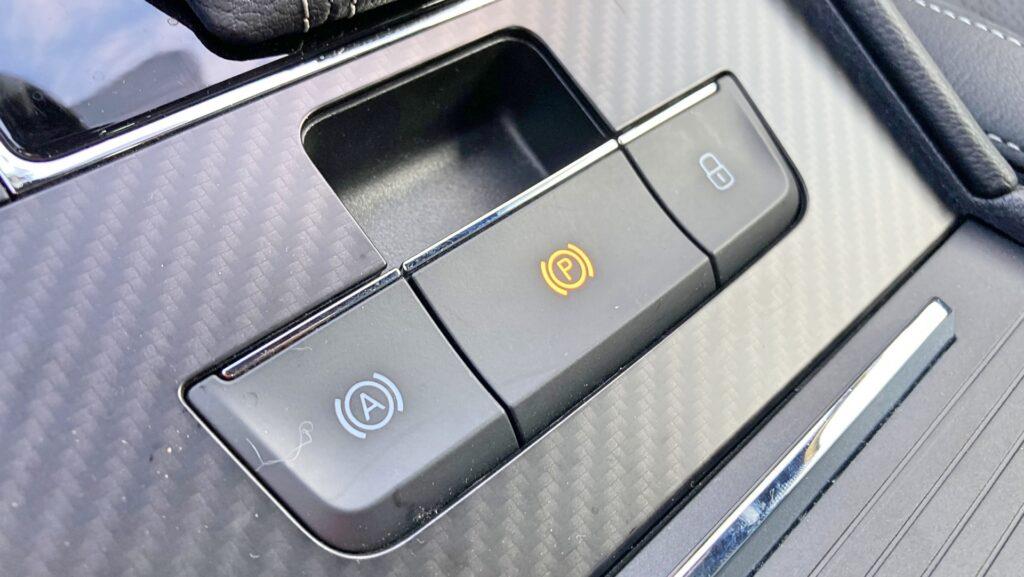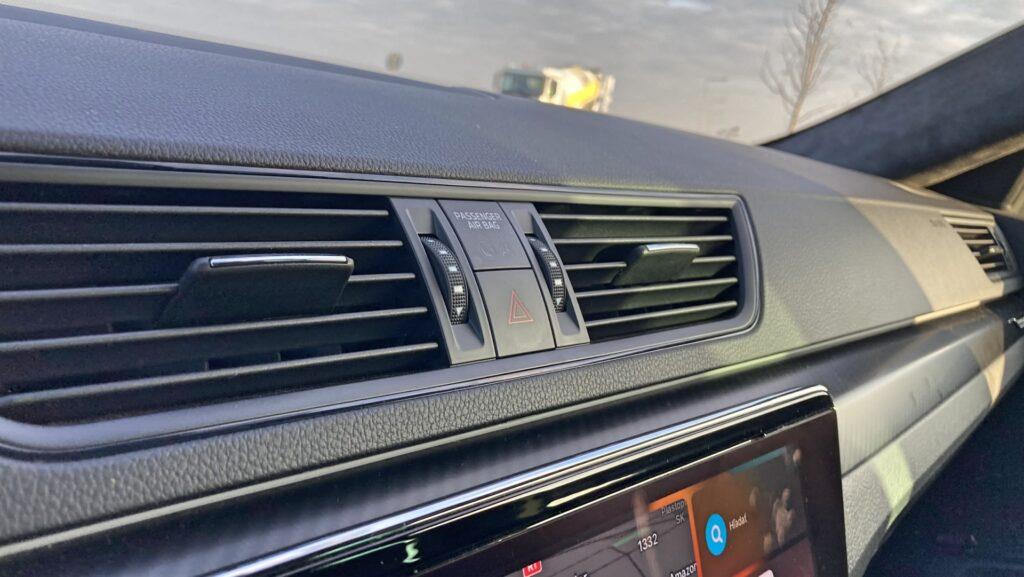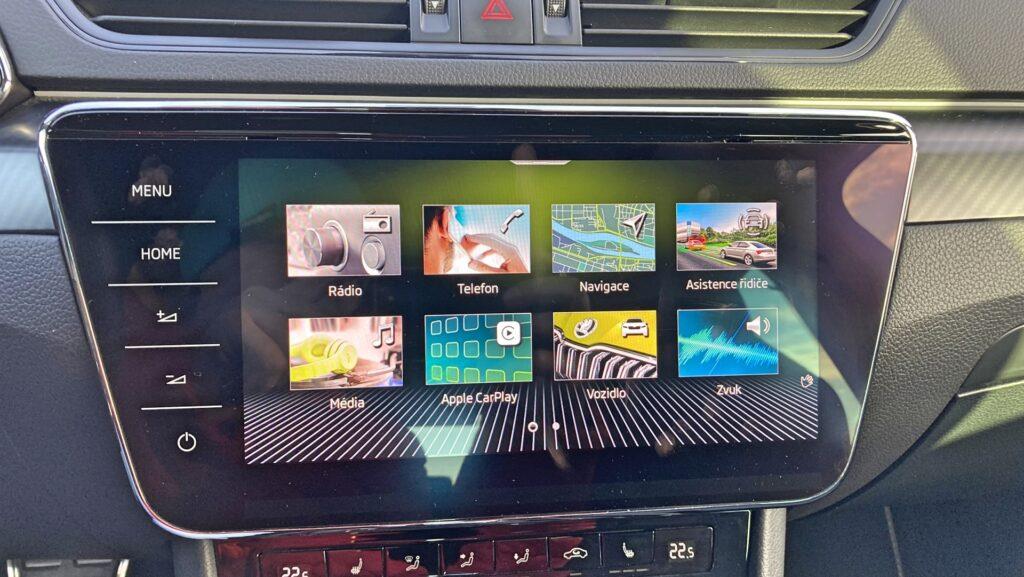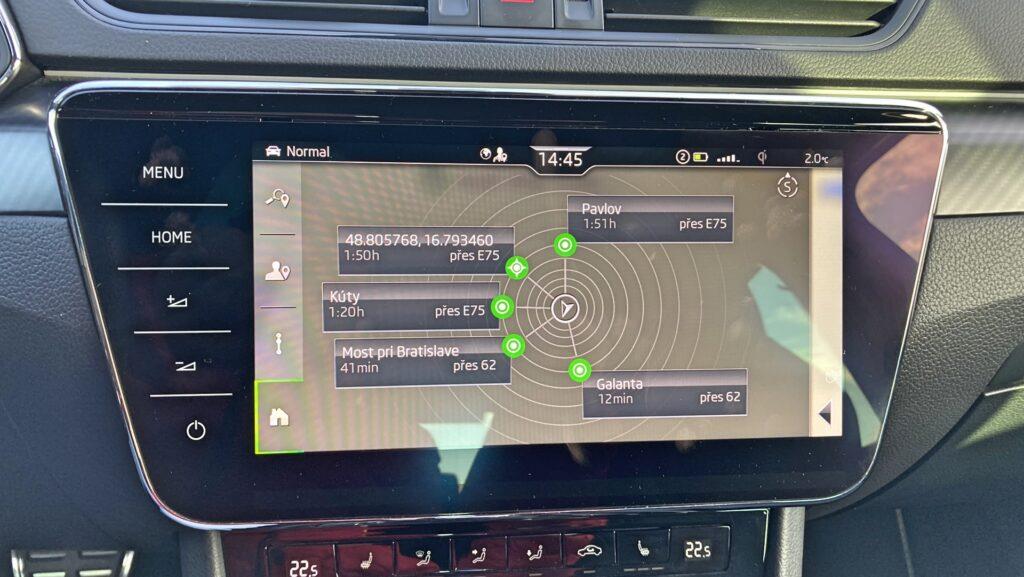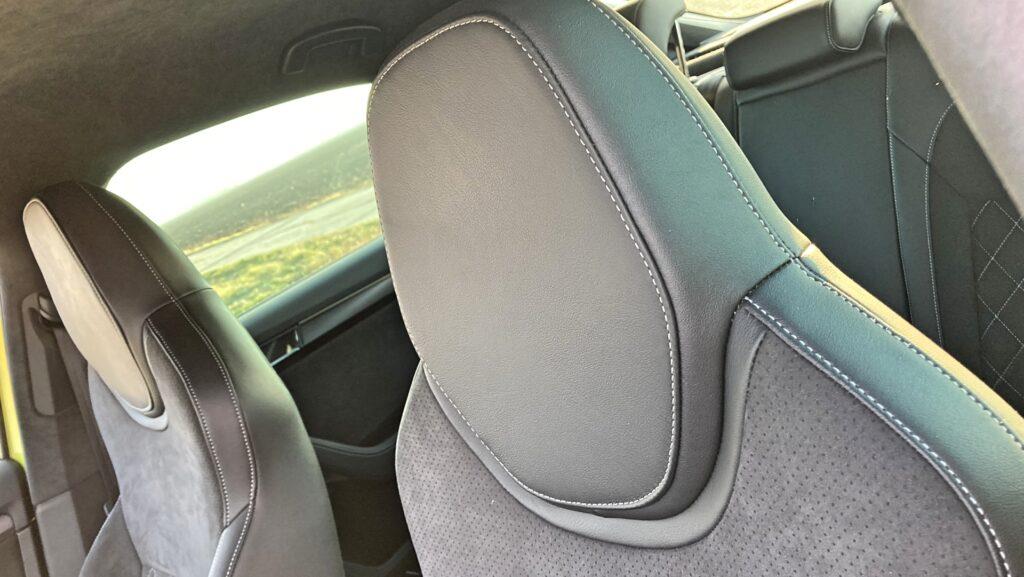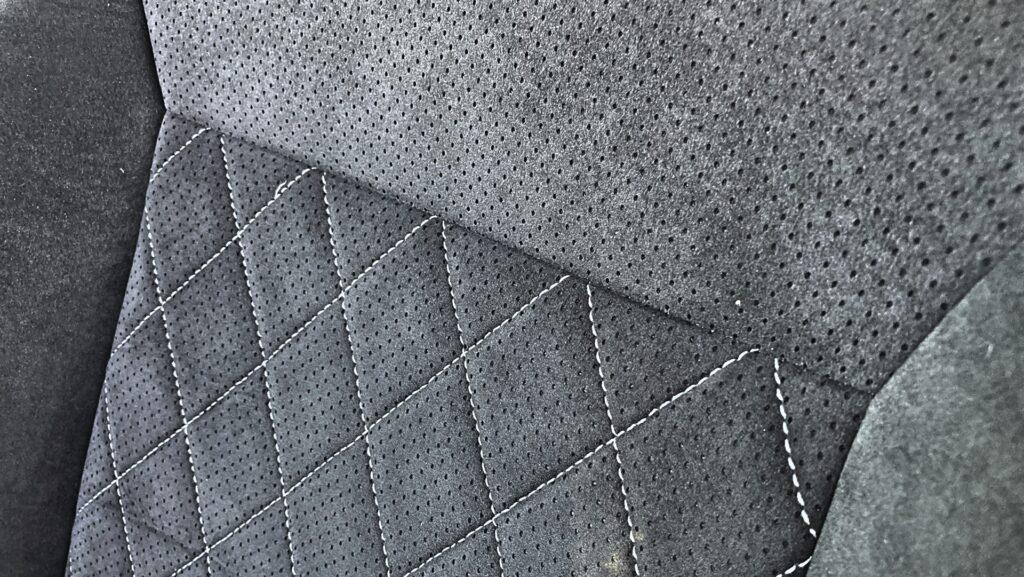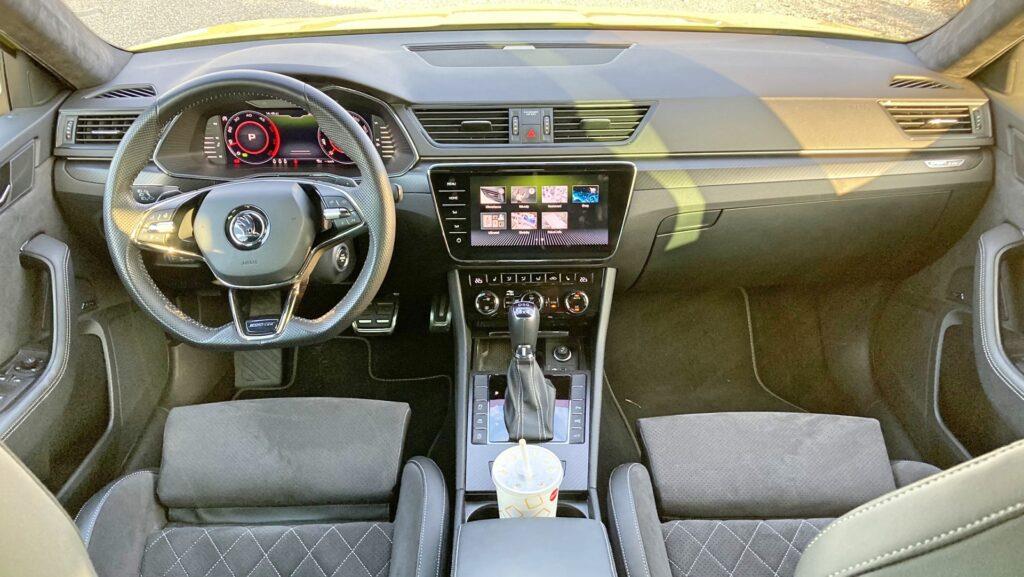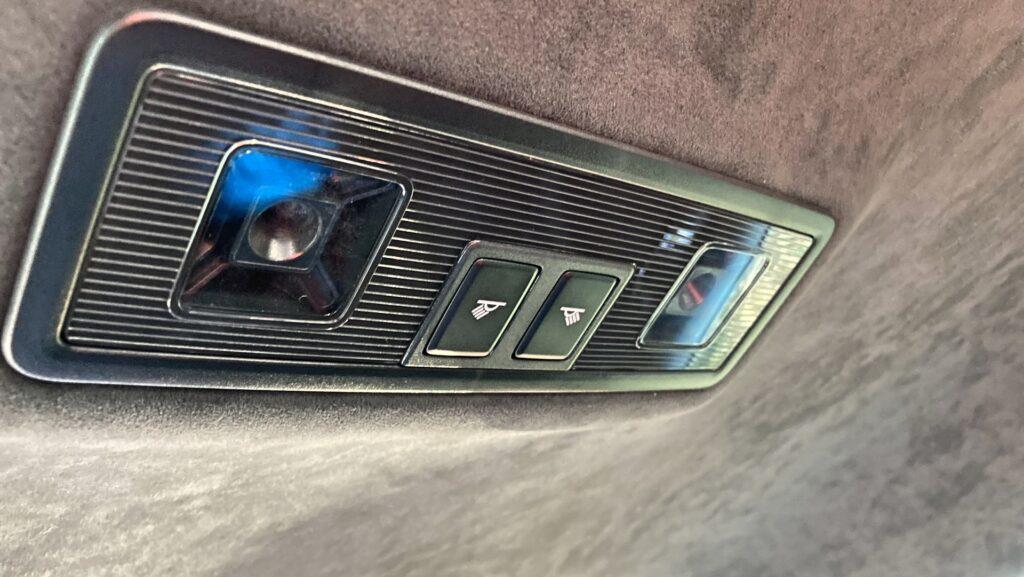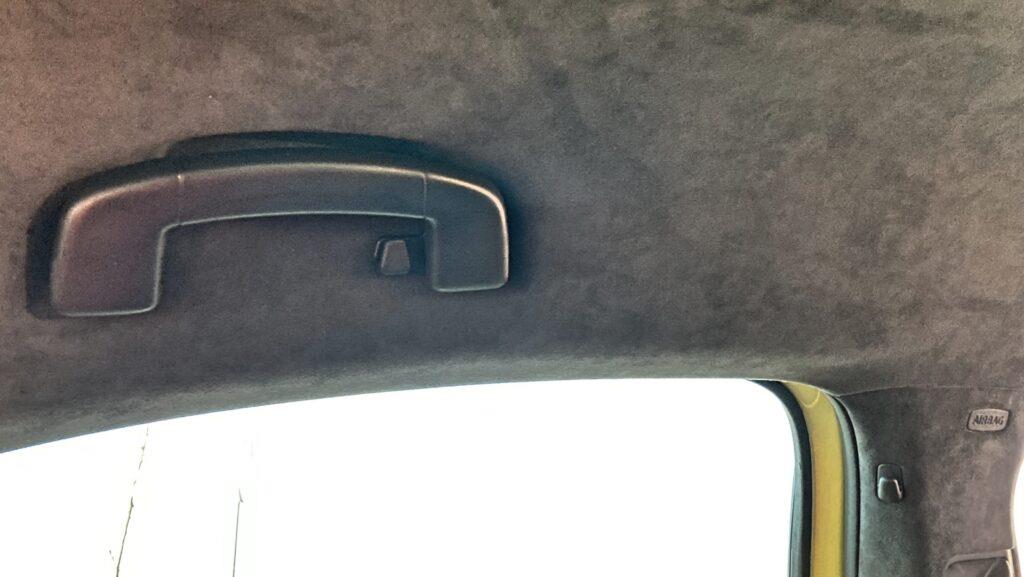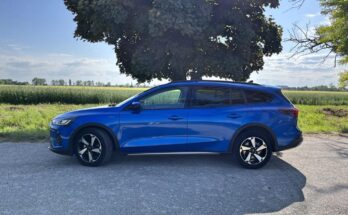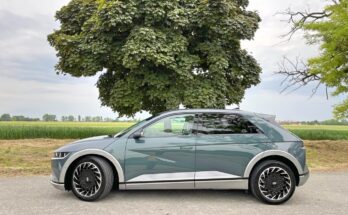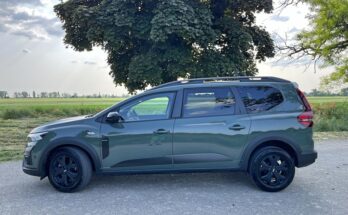After a long time, an almost domestic brand – Skoda – got into the test.
And it won't be just any model, it will be the exclusive equipment of the brand's flagship – Skoda Superb in the SportLine version. Let's take a closer look at the managerial dream from Mladá Boleslav…

The SportLine version is one of the top equipment that can be recognized at first glance. There are many differences here, although they are more details. If we put an ordinary Superb and Superb SportLine next to each other, we will notice that there are also black body details (glossy black radiator grille, black lettering on the trunk lid, black exterior mirrors and door moldings).

In the rear bumper, on the other hand, there is a chrome strip across its entire width – a kind of hint of exhaust tips on both sides. A bit of a laugh, since everyone knows that the TDi has the classic "twin pipe" on the left, which always betrays the Superb , especially after a cold start this winter.
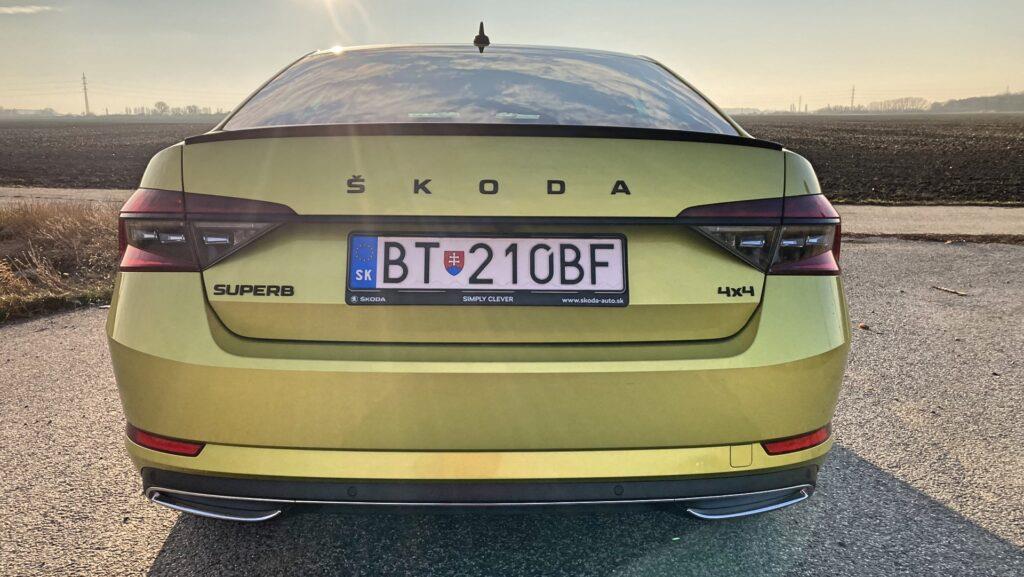
For the SportLine equipment, 18″ black wheels, SPORT/LINE logos on the front fenders, but also Matrix-LED headlights, which work great and dare I compare them to the modernized Opel Insignia , are also specific. At the back, there are TOP LED taillights with a black strip between them (usually chrome). These can already "play" the welcome and lock sequence, which is definitely a small plus for extroverts – as well as the illuminated logos when opening the front door.

Similarly, subtle differences can be found in the interior, which, however, does not look that different from the regular versions. The biggest difference is the sports seats with integrated headrest and upholstery in a combination of leather and Alcantara. The atmosphere here is dark thanks to the alcantara ceiling, and I would definitely welcome at least a skylight to let in more light. In the interior, too, wherever possible, black paint and piano lacquer were added. At least the pedal covers are made of stainless steel.

I have to devote an extra paragraph to color. The so-called "Dragon Skin" is an additional metallic paint (currently €711), which looks really famous on the Skoda flagship. Although it is an individual matter, I want and need to express my admiration for this metallic. It plays in the sun with all shades of green and yellow, under a cloudy sky it is a decent green and at night it shimmers like a frozen dream lit by old street lamps. After all, the executive car doesn't have to be in boring black or silver!

As much as you'd guess that a green-backed license plate would appear here, indicating the plug-in hybrid version of the Superb iV, this piece of our test has the EČV in the "correct" color. Under the hood is the popular 2.0 TDI engine in an upgraded version with 147 kW (200 horses) and 360 Nm (the manual has "only" 340 Nm). It can be combined with either a six-speed manual transmission or a seven-speed DSG dual-clutch transmission. All-wheel drive is only available for this more powerful 147kW TDI and the 200kW 2.0 TSI petrol.
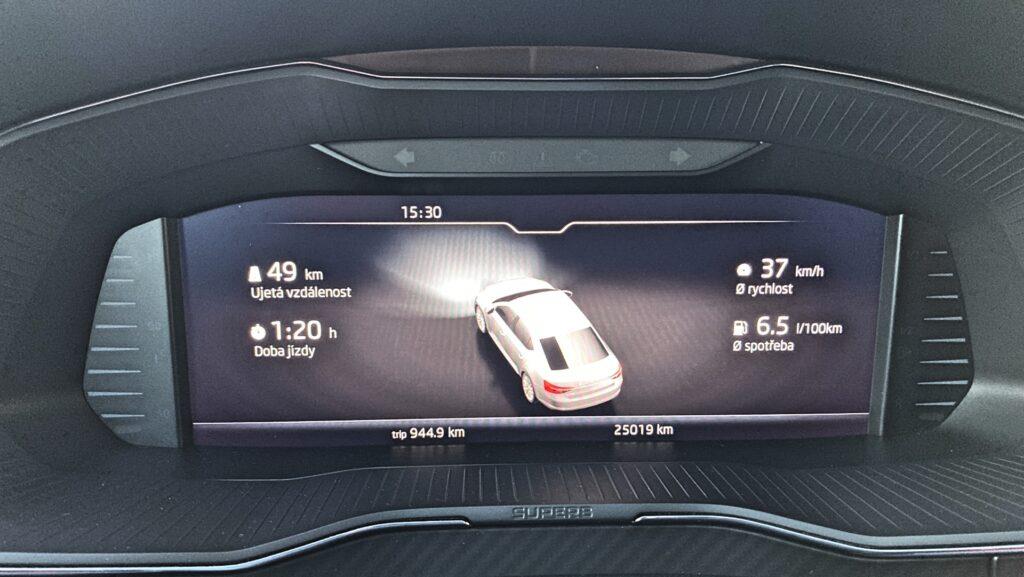
This is the latest evolution of this two-liter diesel, which was introduced last year. This diesel unit can be really economical and quite normally can drive for values of around 5 liters per 100 km. However, getting below the five-liter value does not mean a significant problem, you just need to be light-footed and observe the maximum permitted speeds outside the city. Thanks to the 66-liter fuel tank, a range of over 1,000 kilometers is completely normal. Finally, a car that doesn't need to be refueled every third day. The average consumption in the weekly test stopped at 6.5l/100km, which I consider to be a great value considering the conditions and driving style.

Immediately after starting, the diesel engine surprises with its noise reduction, and this does not change significantly even during normal driving, and more noise penetrates into the cabin only when taking off. However, it is the real "unadulterated" tractor sound of the TDička as we have known it for a decade. With its 147 kW, the two-liter four-cylinder does not have too dazzling dynamics, and life begins to fully take over from approximately two thousand revolutions per minute. But that doesn't mean that the tested Superb was lazy. The engine has quite quick reactions and is user-friendly. For sport-oriented petrolheads, there is only the TSi with a power of 206kW…
The four-wheel drive through the inter-axle Haldex coupling works excellently and on freshly fallen snow it keeps the car in any situation as if it were on rails. Sometimes I had the feeling that he could also fool physics, but it was probably just more courage and less self-preservation. It is true that other road users may seem slowed down behind the wheel of a Superba with four-wheel drive in poor road conditions.
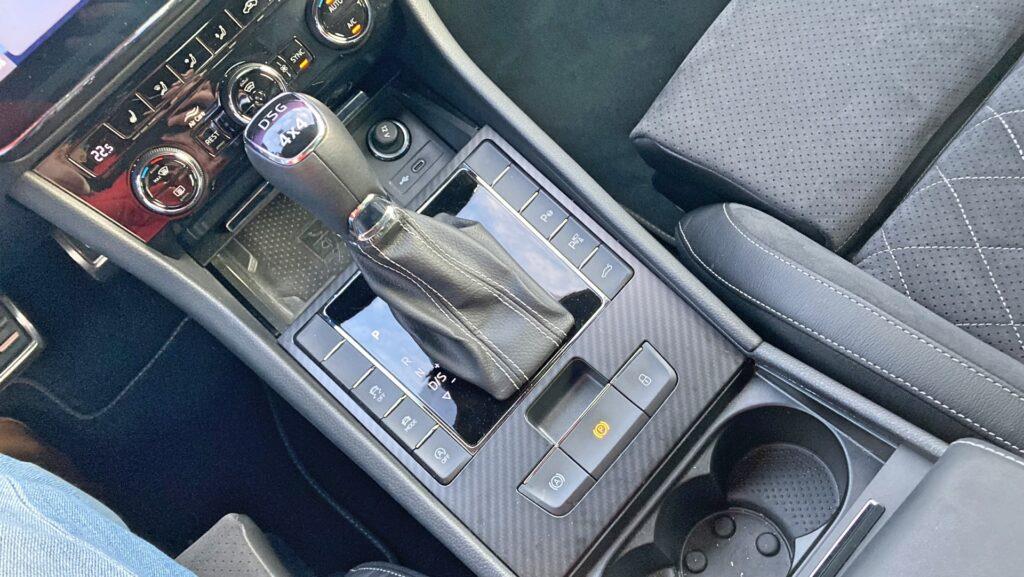
The 7-speed DSG gearbox shifts smoothly and intuitively while driving, but tries to keep the revs as low as possible. But sometimes too much so that the engine starts to rumble a bit and gives the feeling that it needs to be helped by pressing the gas pedal to get the transmission down, or it is possible to downshift manually with the lever on the steering wheel. Sometimes she also manages to think a little more about the currently needed speed. When overtaking, it is better to downshift manually, or have the transmission set in Individual mode to Sport. Then the reactions are appropriate.
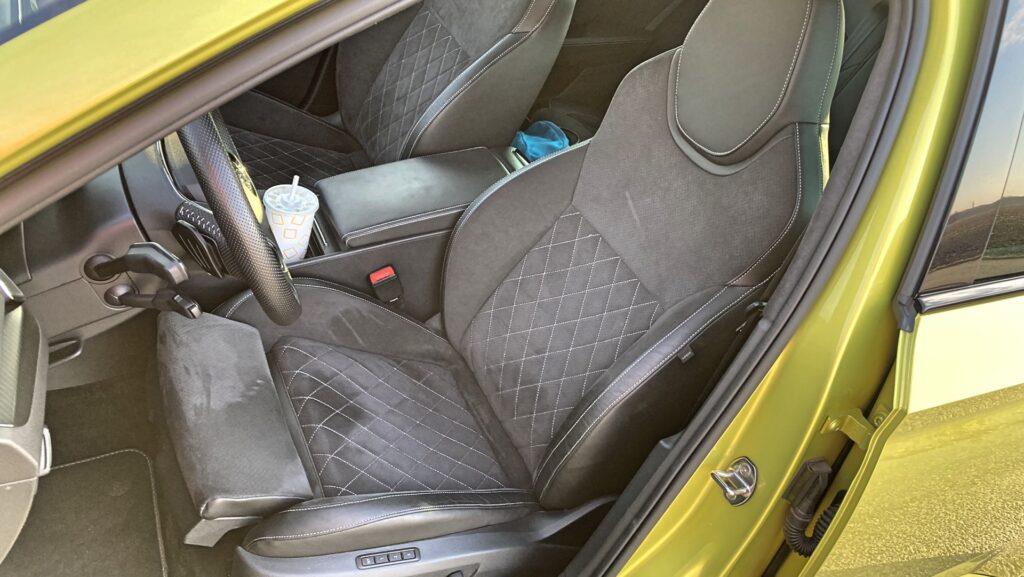
But what gives the Superb a star rating is the pampering (and care?) of the crew with comfort. There is enough space on all the seats (you can easily put your leg over your leg on the back ones) and all the seats can also be heated, while the front ones can also have ventilation and the driver can get a massage function for an extra charge. It goes without saying that the front seats here are controlled electrically and each of them has its own memory (the Laurin & Klement equipment has this as a basis).
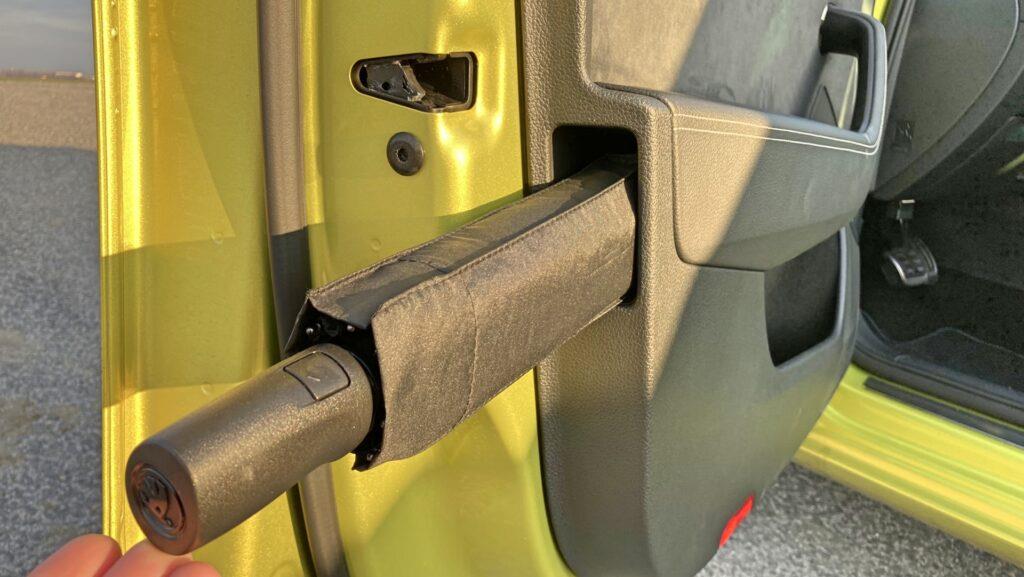
As befits the Skoda brand, we can find classic features such as – double acoustic windows, a 230 V socket, a glass scraper behind the tank cap (thank you Skoda, it helped a lot), umbrellas in the doors and other interesting accessories in the trunk.
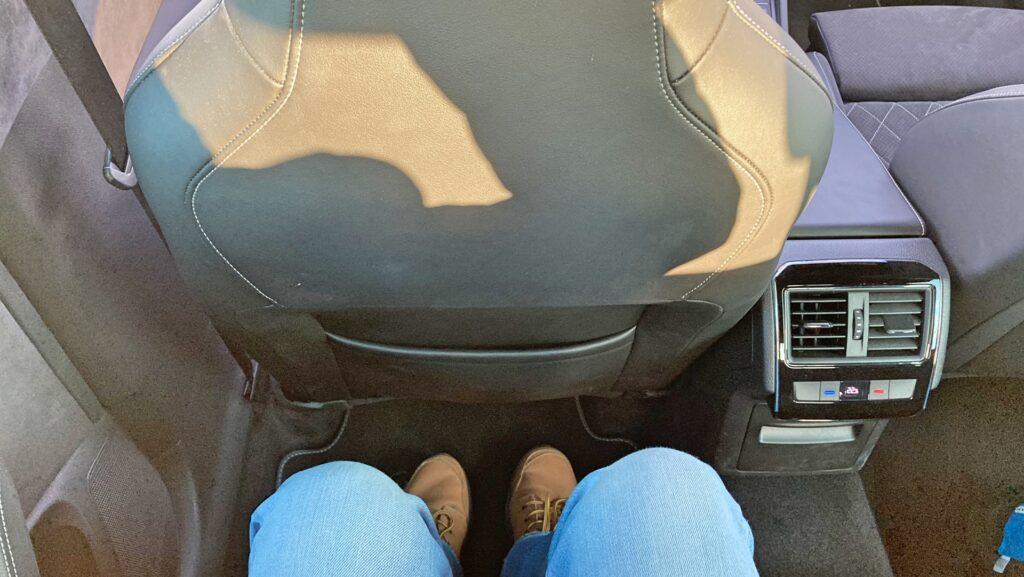
The entire crew can also enjoy a comfortably tuned chassis in the Superb. The tested Superb SportLine was additionally equipped with an adaptive DCC chassis, the stiffness of which can be controlled by changing driving modes, or independently in individual mode. The sports version is also 15 millimeters lower than the classic version. However, even outside of the sports driving mode, you can feel that the chassis is rather harder, which is certainly thanks to the additional 19" discs with low-profile tires. However, the Superb is a strictly directionally stable car even at significantly higher highway speeds.

Even in the liftback version, the Superb offers plenty of storage space, an airy cabin, comfortable seats, plenty of space on the back seats and a giant trunk with a volume of 625 liters, which is also supplemented with a network program, which makes it even more usable. And if that's not enough, you can reach for a station wagon. The price tag of the diesel Superb in the Sportline version starts at €36,240. The tested piece has a starting price of €46,000, and with extras it can easily climb over €50,000.
So what's the conclusion?! The diesel Superb Sportline is not a sports car in the true sense. It is quite a luxurious limousine that will please everyone who likes comfort and efficiency of the drive, in an increasingly less available diesel format. If this is right for you, take it while they give it away – soon it might not be…
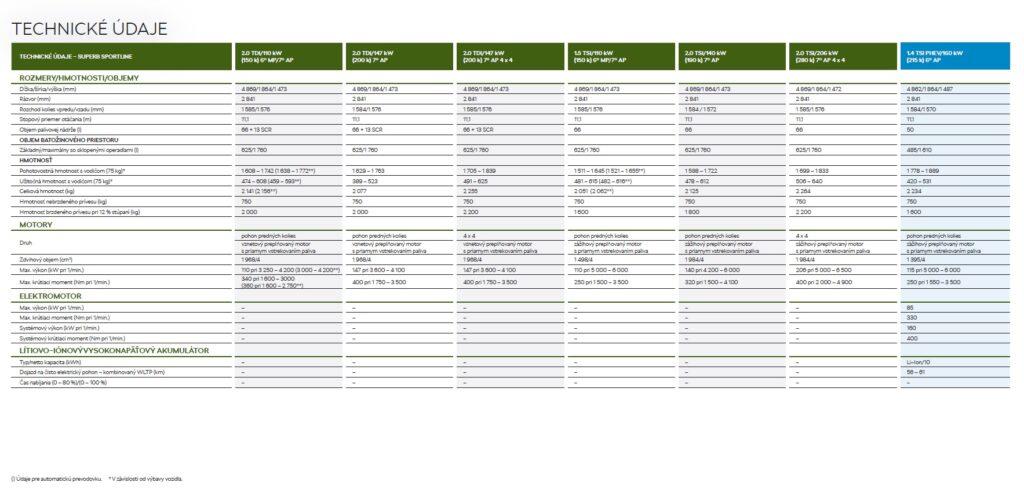
You can find the entire photo gallery here: SKODA SUPERB SPORTLINE
Source: Author's text Image source: Author's own photos

